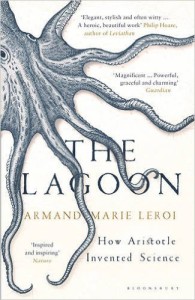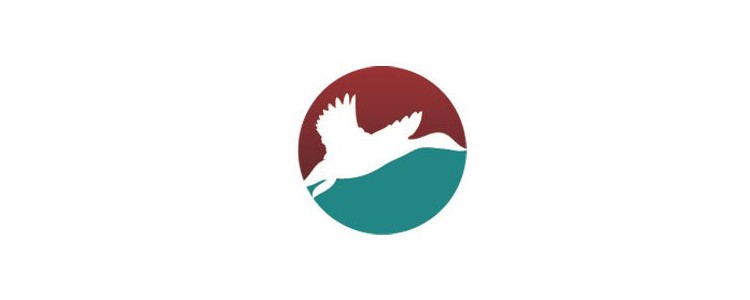An Interview with Publisher Michael Bhaskar on the Power of Curation
( My interview with Michael Bhaskar, co-founder, Canelo was published in literary website Bookwitty on 24 January 2017. I am c&p the text below. )
Michael Bhaskar, co-founder and publishing director at Canelo, is known for being at the cutting edge of digital and traditional forms. Very active on Twitter with his perceptive comments on publishing, Bhaskar’s first book was the prize-winning monograph, The Content Machine. In his second book, Curation, he puts forth forceful arguments about the merits of curating content, especially to add value to businesses. His research focuses on the way digital technology is transforming the business and cultural context for publishing and other industries.
Bhaskar has been a British Council Young Creative Entrepreneur, a Frankfurt Book Fair Fellow and is currently a Visiting Researcher at the Oxford Brookes International Centre for Publishing.
Following are edited excerpts of an interview with Bhaskar:
Is there only one definition of “curation” as borrowed from art circles or after your research would you have a modern definition for the term?
Curation is interesting as the word, in English at least, has evolved. It came from the Latin ‘curare’ which meant to be take care of but eventually morphed into putting on and looking after museum and art gallery exhibitions. Then something interesting happened: about twenty years ago, with the web starting to become mainstream, the word curation suddenly started being applied to all kinds of things. Now we use it all over the place. The definition I use, and the definition I think most people intuitively understand, is that curation means ‘selecting and arranging to add value’. That, for me, is the modern understanding of the term.
How does curation, primarily a social skill, convert into financial capital?
I wouldn’t say curation is a social skill… for me it’s also about expertise, understanding, talent. The reason it’s so valuable today is that we are overloaded in so many contexts. Supply more just doesn’t work as a strategy. For example, just releasing another song or a book won’t work without some curation to make sure it finds its audience. Whenever you have a saturated market then, curation becomes invaluable to making sure it carries on functioning.
It is said content is the oil of the 21st century. How do you monetize curatorial abilities? The evidence in your book shows how companies, particularly Netflix, have benefitted tremendously but how can individuals?
There is no easy answer to this. I like to say that curation itself isn’t a business model but is baked into a business model. So Netflix wouldn’t work without curation, but it doesn’t get paid for it; it gets paid or providing people with the things to watch. The curation is kind of folded into the business model. The same is true if, for example, you run a shop. You get paid when people buy something, but the better curated your shop the more likely that is.
How is curation applicable to publishing? Are curatorial skills and the ability to discover dependent on the medium like digital or print matter?
We have far too many books in the world – one million new English language titles released every year. So publishers should be (and are) defined by what they say no to, by the choices that they make, by the careful, considered and highly curated nature of their lists. To me it’s this curatorial element that is central to publishing of all kinds and is only becoming more important.
With human behavioural patterns on the Internet changing rapidly and in the process transforming various social media platforms, the arguments about big data vs small data are gaining momentum. In this scenario how can the concept of curation be still important?
I actually think curation spans big and small data, human selections and automated systems: curation for me is broad and diffuse rather than narrow. So if you look at any of the systems and arguments you mention, they tend to come down to ways of selecting and arranging information, media and even people in various ways. Curation is at the heart of it! Almost every decision and project in digital media has the concept of curation at the heart of it – just look for example at the discussion of Facebook and the US election.
Is human touch / intervention important for curation or can it be left to machines and algorithms?
The truth is we need both. There is this tendency in the tech world to think technology will just take over. It won’t. We value that personal, idiosyncratic touch. We want to know about things precisely because they come from an individual. Yet in the age of big data this isn’t enough – to sift through millions of songs or newspaper articles, you need an algorithm. So the future isn’t about one or another but blends of both.
If curation adds value to a business why don’t we see more posts in firms for such a role?
A few reasons: one, because as I mentioned, it’s baked into the business model. So a buyer, or an editor, or a merchandiser, or an information architect, or a holiday planner, or a DJ: all of these roles are curators but we don’t call them that. Secondly I think we are seeing more such roles being created every day – all the big tech companies have been on a hiring binge for people in these roles over the past year.
Isn’t the ability to curate or access curated material exclusively a middle class phenomenon?
Partly. It’s true to say that it impacts on more affluent people more than less. But that doesn’t mean it’s not spreading because it is. Anyone with access to the Internet is experiencing these trends. Yes, there are a lot of people in the world without access – but fewer with every passing year. So while much of this curation is relevant only to the better off, the direct of travel is that is becoming more significant everywhere.
Doesn’t curation of information have inbuilt biases that may in the long term perpetuate prejudices?
It can do, which is why we need a strong distinction between good and bad curation. Good curation is that which breaks us out of prejudices and goes beyond filter bubbles, bad curation just confirms it. We need to become literate about the kinds of curation going on out there and watch for it closely.
You are at the cutting edge of curatorial abilities in publishing. What do you think lies ahead in publishing? Will business models transform?
I’d like to think the work we are doing at Canelo, the digital publisher I co-founded, indicates the direction of travel. We are a digital publisher, but carefully curated; we take the best of the old world of publishing but combine it with an embrace of new technology and methods; we have a completely redrawn contracts for authors, which we think are much fairer. We believe in digital but we also believe in writers and words. It’s this kind of mixing of the old and the new, the tried and tested with the innovative that I think is the future of publishing.
Michael Bhaskar Curation Piatkus, an imprint of Little, Brown Book Group, Hachette, 2016. Pb. pp. 354. Rs 499
24 January 2017






